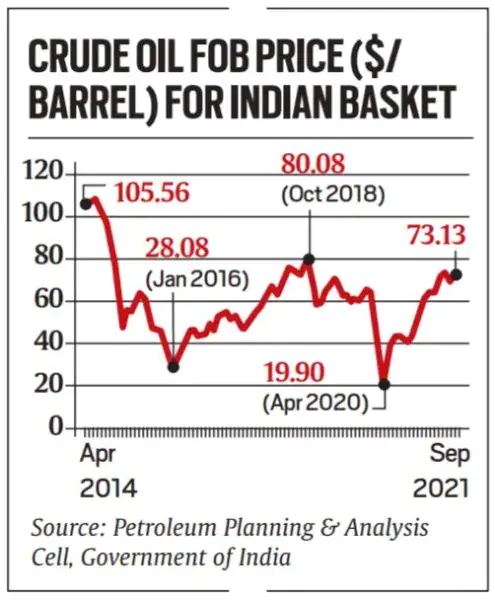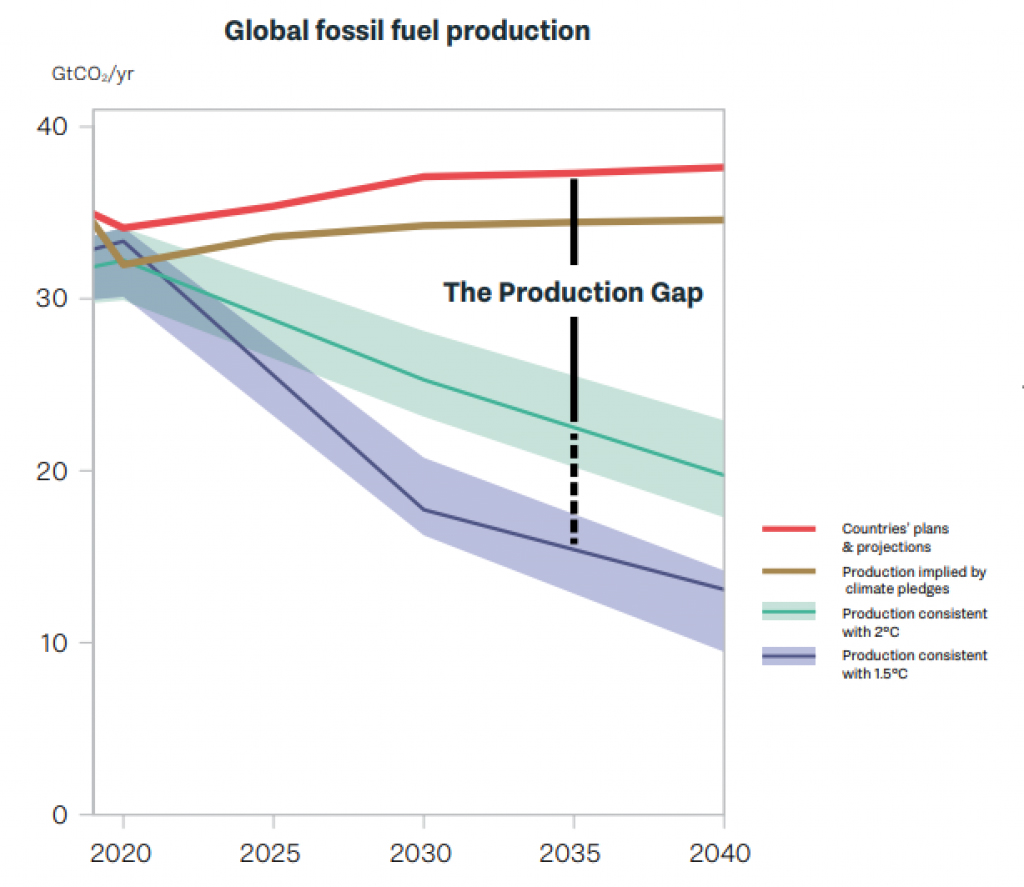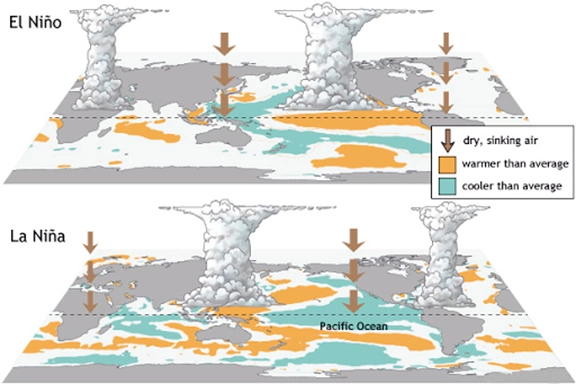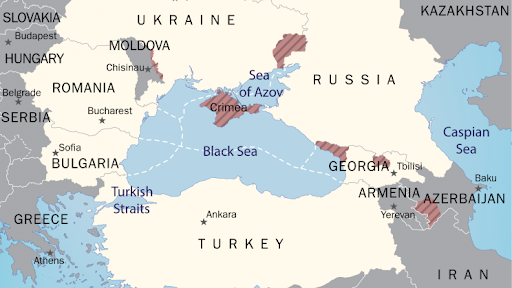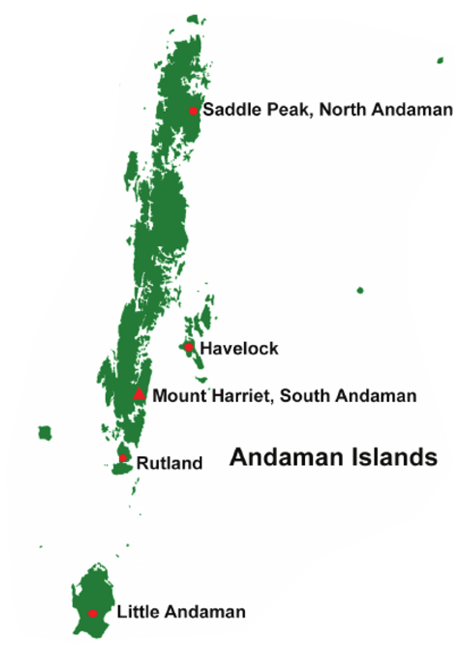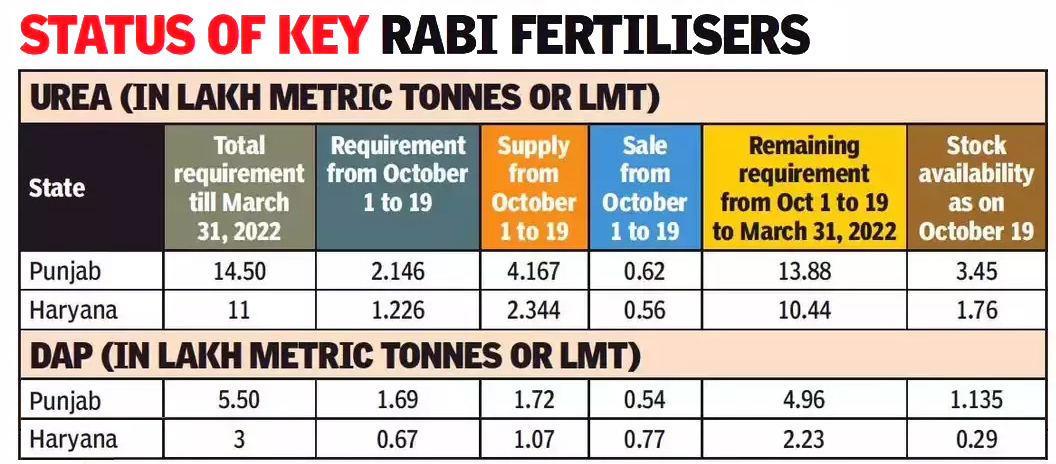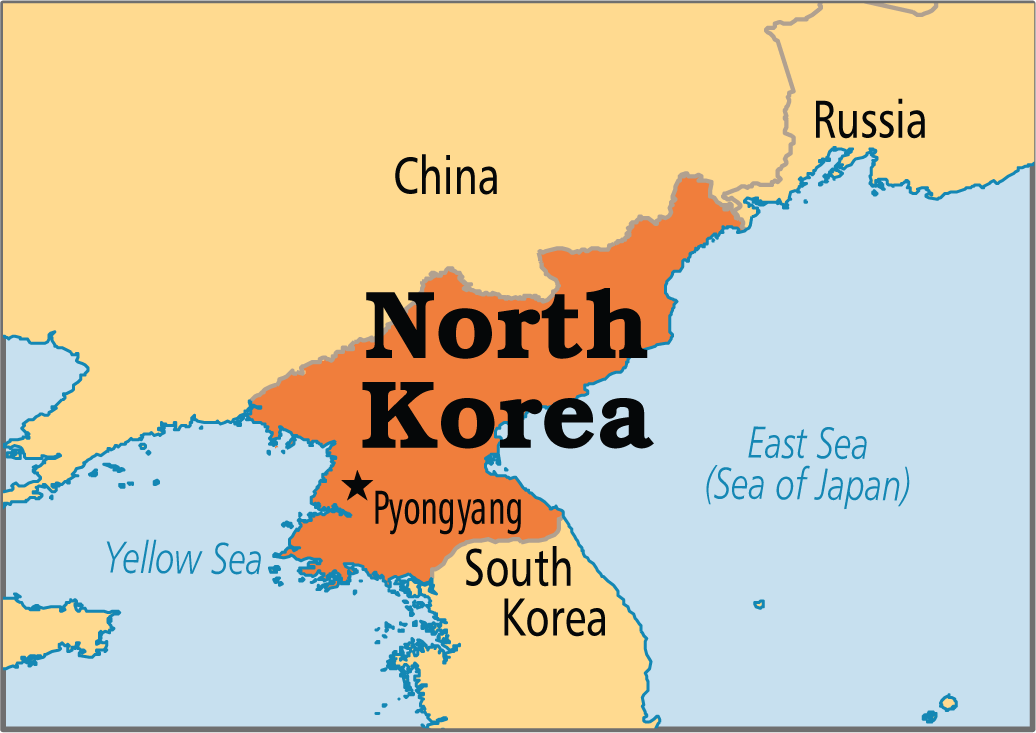Economy
High Crude Oil Prices
Why in News
As the global recovery gains strength, the price of crude oil is nearing its highest level since 2018.
- Brent crude oil prices rose to USD 85.89 a barrel, the highest price since October 2018. US West Texas Intermediate (WTI) crude prices climbed to USD 83.40 a barrel, highest since October 2014.
- On the other side the price of natural gas and coal are hitting record highs amid an intensifying energy shortage.
Key Points
- Oil Pricing:
- Generally, the Organization of the Petroleum Exporting Countries (OPEC) used to work as a cartel and fix prices in a favourable band.
- OPEC is led by Saudi Arabia, which is the largest exporter of crude oil in the world (single-handedly exporting 10% of the global demand).
- OPEC has a total of 13 Member Countries viz. Iran, Iraq, Kuwait, United Arab Emirates (UAE), Saudi Arabia, Algeria, Libya, Nigeria, Gabon, Equatorial Guinea, Republic of Congo, Angola, and Venezuela.
- OPEC could bring down prices by increasing oil production and raise prices by cutting production.
- The global oil pricing mainly depends upon the partnership between the global oil exporters instead of a well-functioning competition.
- Cutting oil production or completely shutting down an oil well is a difficult decision, because restarting it is immensely costly and complicated.
- Moreover, if a country cuts production, it risks losing market share if other countries do not follow the suit.
- Recently, OPEC has been working with Russia, as OPEC+ to fix the global prices and supply.
- In 2016, OPEC allied with other top non-OPEC oil-exporting nations to form an even more powerful entity named OPEC+ or OPEC Plus.
- Generally, the Organization of the Petroleum Exporting Countries (OPEC) used to work as a cartel and fix prices in a favourable band.
- Reasons for High Prices:
- Slow Production:
- Key oil producing countries have kept crude oil supplies on a gradually increasing production schedule despite a sharp increase in global crude oil prices.
- OPEC+ had agreed to sharp cuts in supply in 2020 in response to Covid-19 global travel restrictions in 2020 but the organisation has been slow to boost production as demand has recovered.
- Key oil producing countries have kept crude oil supplies on a gradually increasing production schedule despite a sharp increase in global crude oil prices.
- Supply Side Issues:
- Supply side issues in the US including disruptions caused by hurricane Ida and lower than expected natural gas supplies from Russia amid increasing demand in Europe have raised the prospect of natural gas shortages in the winter.
- Slow Production:
- Impact on India:
- Current Account Deficit:
- The increase in oil prices will increase the country’s import bill, and further disturb its current account deficit (excess of imports of goods and services over exports).
- Inflation:
- The increase in crude prices could also further increase inflationary pressures that have been building up over the past few months.
- Fiscal Health:
- If oil prices continue to increase, the government shall be forced to cut taxes on petroleum and diesel which may cause loss of revenue and deteriorate its fiscal balance.
- The growth slowdown in the last two years has already resulted in a precarious fiscal situation because of tax revenue shortfalls.
- The revenue lost will erode the government’s ability to spend or meet its fiscal commitments in the form of budgetary transfers to states, payment of dues and compensation for revenue shortfalls to state governments under the Goods and Services Tax (GST) framework.
- If oil prices continue to increase, the government shall be forced to cut taxes on petroleum and diesel which may cause loss of revenue and deteriorate its fiscal balance.
- Economic Recovery:
- Although the rising prices have impacted the world, India is particularly at a disadvantage as any increase in global prices can affect its import bill, stoke inflation and increase its trade deficit, which in turn will slow its economic recovery.
- India and other oil importing nations have called on OPEC+ to boost oil supply faster, arguing that elevated crude oil prices could undermine the recovery of the global economy.
- Although the rising prices have impacted the world, India is particularly at a disadvantage as any increase in global prices can affect its import bill, stoke inflation and increase its trade deficit, which in turn will slow its economic recovery.
- Natural Gas Price:
- The increase in gas prices has put upward pressure on the price of both Compressed Natural Gas (CNG) used as a transport fuel and Piped Natural Gas (PNG) used as a cooking fuel.
- Current Account Deficit:
Difference between Brent and WTI
- Origin:
- Brent crude oil originates from oil fields in the North Sea between the Shetland Islands and Norway.
- West Texas Intermediate (WTI) is sourced from US oil fields, primarily in Texas, Louisiana, and North Dakota.
- Light and Sweet:
- Both oils are relatively light, but Brent has a slightly higher API gravity, making WTI the lighter of the two.
- American Petroleum Institute (API) gravity is an indicator of the density of crude oil or refined products.
- WTI with a lower sulphur content (0.24%) than Brent (0.37%), is considered "sweeter".
- Both oils are relatively light, but Brent has a slightly higher API gravity, making WTI the lighter of the two.
- Benchmark Prices:
- Brent crude price is the international benchmark price used by OPEC while WTI crude price is a benchmark for US oil prices.
- Since India imports primarily from OPEC countries, Brent is the benchmark for oil prices in India.
- Brent crude price is the international benchmark price used by OPEC while WTI crude price is a benchmark for US oil prices.
- Cost of Shipping:
- Cost of shipping for Brent crude is typically lower, since it is produced near the sea and it can be put on ships immediately.
- Shipping of WTI is priced higher since it is produced in landlocked areas like Cushing, Oklahoma where the storage facilities are limited.
Governance
UDAN Scheme
Why in News
Ahead of UDAN Day (21st October), the Ministry of Civil Aviation flagged off 6 routes, expanding the aerial connectivity of North-East India, under the UDAN Scheme.
- The Government of India has acknowledged the contribution of the scheme and has identified 21st October as UDAN Day, the day on which the scheme document was first released.
Key Points
- Launch:
- Ude Desh Ka Aam Naagrik (UDAN) was launched as a Regional Connectivity Scheme (RCS) under the Ministry of Civil Aviation in 2016.
- Objectives:
- To develop the regional aviation market.
- To provide affordable, economically viable and profitable air travel on regional routes to the common man even in small towns.
- Features:
- The scheme envisages providing connectivity to un-served and underserved airports of the country through the revival of existing air-strips and airports. The scheme is operational for a period of 10 years.
- Under-served airports are those which do not have more than one flight a day, while unserved airports are those where there are no operations.
- Financial incentives from the Centre, state governments and airport operators are extended to selected airlines to encourage operations from unserved and under-served airports, and keep airfares affordable.
- The scheme envisages providing connectivity to un-served and underserved airports of the country through the revival of existing air-strips and airports. The scheme is operational for a period of 10 years.
- Achievements So Far:
- Till date, 387 routes and 60 airports have been operationalised out of which 100 routes are awarded in the North East alone.
- Under the KRISHI UDAN Scheme, 16 airports have been identified to enhance the export opportunities of the North East region establishing dual benefits of enhancement of cargo movements and exports.
UDAN 1.0
- Under this phase, 5 airlines companies were awarded 128 flight routes to 70 airports (including 36 newly made operational airports).
UDAN 2.0
- In 2018, the Ministry of Civil Aviation announced 73 underserved and unserved airports.
- For the first time, helipads were also connected under phase 2 of the UDAN scheme.
UDAN 3.0
- Inclusion of Tourism Routes under UDAN 3 in coordination with the Ministry of Tourism.
- Inclusion of Seaplanes for connecting Water Aerodromes.
- Bringing in a number of routes in the North-East Region under the ambit of UDAN.
UDAN 4.0
- In 2020, 78 new routes were approved under the 4th round of RCS-UDAN to further enhance the connectivity to remote & regional areas of the country.
- Kavaratti, Agatti, and Minicoy islands of Lakshadweep will be connected by the new routes of UDAN 4.0.
UDAN 4.1
- The UDAN 4.1 focuses on connecting smaller airports, along with special helicopter and seaplane routes.
- Some new routes have been proposed under the Sagarmala Seaplane services.
- Sagarmala Seaplane Services is an ambitious project under the Ministry of Ports, Shipping and Waterways with potential airline operators.
KRISHI UDAN
- It was launched by the Ministry of Civil Aviation in August 2020, on international and national routes to assist farmers in transporting agricultural products so that it improves their value realisation.
International UDAN
- Under International UDAN, the plan is to connect India’s smaller cities directly to some key foreign destinations in the neighbourhood.
Way Forward
- Airlines have leveraged the scheme strategically towards gaining additional slots at congested tier-1 airports, monopoly status on routes and lower operational costs. Thus, stakeholders should work towards making the UDAN scheme sustainable on its own and improve its efficiency.
- Airlines should undertake marketing initiatives so that more and more people can take advantage of the UDAN scheme.
- More infrastructure is required for the successful implementation of the scheme across the country.
Biodiversity & Environment
UNEP Production Gap Report
Why in News
Recently, the 2021 Production Gap Report was released by the leading research institutes and the United Nations Environment Programme (UNEP).
- The Production Gap Report, first launched in 2019, tracks the discrepancy between governments’ planned fossil fuel production and global production levels consistent with limiting warming to 1.5°C or 2°C.
- UNEP’s Major Reports: Emission Gap Report, Adaptation Gap Report, Global Environment Outlook, Making Peace with Nature.
Key Points
- Findings of the Report:
- Increase in Production Gap:
- The production gap to achieve the climate goal is the widest for coal: Production plans and projections by governments would lead to around 240% more coal, 57% more oil, and 71% more gas in 2030 than global levels consistent with limiting warming to 1.5°C.
- The most worrying factor is that almost all major coal, oil and gas producers are planning to increase their production till at least 2030 or beyond.
- Effects of Covid-19:
- The production gap has been fuelled by incremental capital flow towards fossil fuels in comparison to clean energy in the post novel coronavirus disease (Covid-19) recovery phase.
- The Group of 20 countries (G20) has channelised USD300 billion to fossil fuels since the beginning of the pandemic, and the sector is still enjoying significant fiscal incentives.
- The production gap has been fuelled by incremental capital flow towards fossil fuels in comparison to clean energy in the post novel coronavirus disease (Covid-19) recovery phase.
- Increase in Production Gap:
- India’s Position:
- India’s first NDC (Nationally Determined Contribution), issued in 2016, pledged a 33%-35% reduction in the “emissions intensity” of its economy by 2030, compared to 2005 levels.
- The report quotes a 2020 Government of India press release, to shine a light on India’s plans to raise coal production.
- The government seeks to “unleash the power of coal” and become self-reliant by 2023-24; it also wants to bring about “a paradigm shift in approach from being oriented to maximum revenue from coal to maximum coal available in the market at the earliest.”
- India plans to augment coal production from 730 million tonnes in 2019 to 1,149 million tonnes in 2024.
- India also aims to increase total oil and gas production by over 40% in the same period through measures such as accelerated exploration licensing, faster monetization of discoveries, and gas marketing reforms.
- Suggestions:
- Early efforts from development finance institutions to cut international support for fossil fuel production are encouraging, but these changes need to be followed by concrete and ambitious fossil fuel exclusion policies to limit global warming to 1.5°C.
- Fossil-fuel-producing nations must recognize their role and responsibility in closing the production gap and steering the world towards a safe climate future.
- As countries increasingly commit to net-zero emissions by mid-century, they also need to recognize the rapid reduction in fossil fuel production that their climate targets will require.
Measures Taken by India to Reduce Fossil Fuel Emissions
- India Greenhouse Gas Program: It is an industry-led voluntary framework to measure and manage greenhouse gas emissions.
- National Action Plan on Climate Change: It was launched in 2008 which aims at creating awareness among the representatives of the public, different agencies of the government, scientists, industry and the communities on the threat posed by climate change and the steps to counter it.
- Bharat Stage-VI Norms: India shifted from Bharat Stage-IV (BS-IV) to Bharat Stage-VI (BS-VI) emission norms.
- Push to Renewable Energy.
Geography
Double-Dip La Niña
Why in News
Recently, the National Oceanic and Atmospheric Administration (NOAA, an American scientific agency) has declared that La Niña has re-developed. Consecutive La Niña is called Double-Dip.
Key Points
- About:
- La Nina is one part of the El Nino Southern Oscillation (ENSO) cycle, which is characterized by opposing warm and cool phases of oceanic and atmospheric conditions in the tropical Pacific Ocean.
- Consecutive La Ninas following a transition through ENSO neutral conditions are not uncommon and can be referred to as a “Double-Dip.”
- In 2020, La Nina developed during the month of August and then dissipated in April 2021 as ENSO-neutral conditions returned.
- For the upcoming winter season, which extends from December 2021 through February 2022, there is an 87% chance of La Nina.
- Previous La Ninas occurred during the winter of 2020-2021 and 2017-2018, and an El Nino developed in 2018-2019. When neither climate pattern is present, ENSO is neutral and does not influence global climate patterns.
- ENSO:
- It is a periodic fluctuation in sea surface temperature (El Niño) and the air pressure of the overlying atmosphere (Southern Oscillation) across the equatorial Pacific Ocean.
- El Nino and La Nina are complex weather patterns resulting from variations in ocean temperatures in the Equatorial Pacific Region. They are opposite phases of what is known as the ENSO cycle.
- El Nino and La Nina episodes typically last nine to 12 months, but some prolonged events may last for years.
International Relations
Black Sea
Why in News
Recently, the US Defence Secretary has urged more defence cooperation among friendly Black Sea countries amid Russia “militarisation” of the region.
- This came ahead of a NATO Ministers summit.
Key Points
- Geographical Location of Black Sea:
- The Black Sea is located between Eastern Europe and Western Asia.
- It is surrounded by the Pontic, Caucasus, and Crimean Mountains in the south, east and north respectively.
- The Black Sea is also connected to the Sea of Azov by the Strait of Kerch.
- The Turkish straits system - the Dardanelles, Bosporus and Marmara Sea - forms a transitional zone between the Mediterranean and the Black Sea.
- The bordering countries of Black Sea are: Russia, Ukraine, Georgia, Turkey, Bulgaria and Romania.
- There is a significant absence of oxygen in the water (anoxic waters).
- Russian Interest in Black Sea:
- The unique geography of the Black Sea region confers several geopolitical advantages to Russia.
- Firstly, it is an important crossroads and strategic intersection for the entire region.
- Access to the Black Sea is vital for all littoral and neighboring states, and greatly enhances the projection of power into several adjacent regions.
- Secondly, the region is an important transit corridor for goods and energy.
- Thirdly, the Black Sea region is rich in cultural and ethnic diversity, and due to geographical proximity, shares close historical ties with Russia.
- Firstly, it is an important crossroads and strategic intersection for the entire region.
- Russia invaded Ukraine in 2014 and carved off the strategically vital peninsula of Crimea, the largest land grab from a sovereign state in this century.
- Most countries do not recognise the takeover and stand behind Ukraine’s claims to the waters.
- In November 2020, India voted against a Ukraine-sponsored resolution in the UN that condemned alleged human rights violations in Crimea thereby backing old ally Russia on the issue.
- The unique geography of the Black Sea region confers several geopolitical advantages to Russia.
- US Interest in Black Sea:
- The Black Sea is bordered by Bulgaria, Georgia, Romania, Russia, Turkey and Ukraine. All these countries are NATO countries.
- Due to this faceoff between NATO countries and Russia, the Balck sea is a region of strategic importance & a potential maritime flashpoint.
- NATO members Turkey, Greece, Romania and Bulgaria are in the Black Sea, but warships from the US, UK and other NATO allies also have made increasingly frequent visits in a show of support to Ukraine.
- Russia has frequently responded to NATO warships visits near Crimea, casting them as destabilizing.
Indian History
Mount Manipur and Anglo-Manipur War
Why in News
Recently, the Union government has renamed Mount Harriet of Andaman and Nicobar (A&N) Islands to Mount Manipur.
Key Points
- About:
- Mount Harriet, the third-highest island peak in A&N Islands, where Manipur’s Maharaja Kulchandra Singh and 22 other freedom fighters were imprisoned during the Anglo-Manipuri war (1891).
- It has been renamed in a tribute to those freedom fighters of Manipur.
- Manipur celebrates Khongjom Day on 23rd April in commemoration of the freedom fighters of Anglo-Manipuri War.
- Anglo-Manipuri War:
- Background:
- In 1886, when Surchandra inherited the throne from his father Chandrakirti Singh, the kingdom of Manipur was not under British rule but had links with the crown through different treaties.
- However, Surchandra's ascension to the throne was controversial and his younger brothers - Kulachadra, Tikendrajit - revolted against him.
- The 1890 coup by the rebel faction removed Surchandra, and proclaimed Kulachandra, the next oldest brother, the king. Surchandra fled to Calcutta seeking British help to reinstate him.
- British Imposition:
- The British dispatched James Quinton, the Chief Commissioner of Assam, with an army to Manipur. His mission was to recognise Kulachandra as the king under the condition that they be allowed to arrest the coup leader Crown Prince Tikendrajit and deport him from Manipur.
- This aggressive imposition of British law in a sovereign state was rejected by the king, precipitating the Anglo-Manipuri War of 1891.
- Culmination:
- In the first phase of the war, the British surrendered and their officers - including Quinton - were executed in public.
- In the second phase, the British attacked Manipur from three sides, and finally captured the Kangla Fort in Imphal.
- Prince Tikendrajit and four others were hanged by the British, while Kulachandra, along with 22 others, were deported to the Andaman Islands.
- Despite their victory, it had led to the death of five important officers.
- In India, it was viewed as being part of the general uprising against British rule in the country, soon after the Revolt of 1857.
- The war led to Manipur officially becoming a princely state under the indirect rule of the British crown.
- Background:
Indian Economy
Shortage of Di-Ammonium Phosphate
Why in News
Farmers from several states including Rajasthan, Punjab, Haryana and Karnataka are facing a severe shortage of fertilizers mainly of Di-ammonium Phosphate (DAP) ahead of the Rabi season.
- Earlier, the government had increased the subsidy to 140% on Di-Ammonium Phosphate (DAP) fertiliser.
Key Points
- About DAP:
- DAP is the second most commonly used fertiliser in India after urea.
- Farmers normally apply this fertiliser just before or at the beginning of sowing, as it is high in phosphorus (P) that stimulates root development.
- DAP (46% P, 18% Nitrogen) is the preferred source of Phosphorus for farmers.
- This is similar to urea, which is their preferred nitrogenous fertiliser containing 46% N.
- Cause of Shortage:
- Disruption in the Global Supply:
- Because of disruption in the global supply and logistic chain caused by the pandemic. This has also led to a rise in fertiliser prices globally.
- The increase in global prices has resulted in India lowering its imports, leading to further depletion of fertiliser stocks in the country.
- Increased Prices of Raw Materials:
- Given spiraling global prices — of fertilisers as well as inputs such as phosphoric acid, ammonia and sulphur — imports were viable only if companies could pass these on to farmers here.
- Fixed Subsidies to Companies:
- The Centre gives fixed subsidies to the fertilizer companies which feel that it is not sufficient.
- So, they have scaled down the DAP production that hit the supplies.
- Disruption in the Global Supply:
- Implication of Shortage:
- It can hamper the sowing of rabi crops in states that are largely dependent on soil moisture and water availability in reservoirs.
- Non-availability of the nutrient inadequate quantity during the sowing season may also impact the production target, which is likely to be missed.
Way Forward
- The government must ensure that the material is moved quickly from the ports to the consumption centres. Once farmers are assured of enough stock in transit, the panic buying will stop and they may not mind even delaying sowing by a week.
- Farmers are advised to use a mixture of urea-single super phosphate in-stead of DAP.
Important Facts For Prelims
Georissa Mawsmaiensis: A Micro Snail Species
Why in News
Recently, a micro snail species named Georissa mawsmaiensis has been discovered in Mawsmai Cave in Meghalaya.
Key Points
- About:
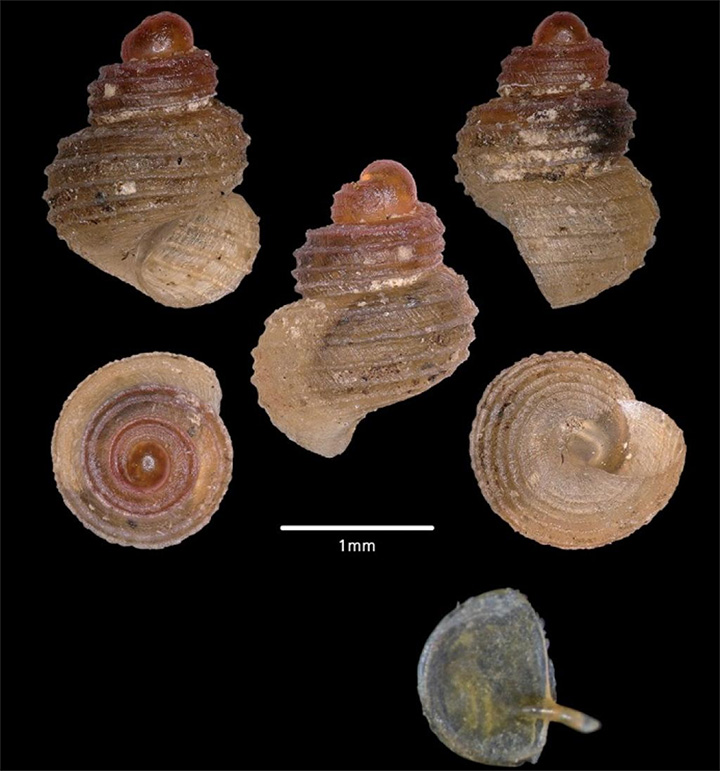
- The new species is unique from Georissa sarrita (a member of the same genus discovered in 1851) in its shell morphology, starting from shell size variation to the presence of four very prominent spiral striations (a minute groove, scratch) on body whorls of the shell.
- These spiral striations, which are counted from the suture to aperture in apertural view, are seven in Georissa sarrita.
- Habitat:
- Georissa is found in soil or subterranean habitats in lowland tropical forest as well as high altitude evergreen forests or on rock surfaces rich in calcium.
- Distribution:
- The members of the Georissa genus are widely distributed across and reported from Africa, Asia, and the Pacific. However, they are confined to microhabitats consisting of limestone caves or karst landscapes formed by the dissolution of limestone.
- Threats:
- The high tourist influx may pose a threat to this micro snail species including other cave faunas.
Mawsmai Cave
- It is situated in the small village of Mawsmai, around four kilometres from Cherrapunjee (Sohra) in the East Khasi Hills district of Meghalaya.
- The term ‘Mawsmai’ means ‘Oath Stone’ in the Khasi language. The Khasi people use the local term ‘Krem’ for the cave.
- Mawsmai cave is located at an altitude of 1,195 metres above sea level and is indirectly influenced by the streams of the Kynshi river originating from the East Khasi Hills.
- The cave is famous for its fossils, some which you can spot if you spend some time peering at the walls and formations inside.
Important Facts For Prelims
Ballistic Missile: North Korea
Why in News
Recently, North Korea fired a Submarine Launched Ballistic Missile (SLBM) from off its East Coast.
- North Korea is barred from testing ballistic missiles and nuclear weapons under international law.
Key Points
- Ballistic Missile:
- It is a rocket-propelled self-guided strategic-weapons system that follows a ballistic trajectory to deliver a payload from its launch site to a predetermined target.
- Ballistic trajectory is the path of an unpowered object, as a missile, moving only under the influence of gravity and possibly atmospheric friction and with its surface providing no significant lift to alter the course of flight.
- It can carry conventional high explosives as well as chemical, biological, or nuclear munitions.
- The International Code of Conduct against Ballistic Missile Proliferation (ICOC), now known as the Hague Code of Conduct against Ballistic Missile Proliferation (HCOC), is a political initiative aimed at globally curbing ballistic missile proliferation.
- India is a signatory to this convention.
- Established in April 1987, the voluntary Missile Technology Control Regime (MTCR) aims to limit the spread of ballistic missiles and other unmanned delivery systems that could be used for chemical, biological, and nuclear attacks.
- India has joined the MTCR.
- It is a rocket-propelled self-guided strategic-weapons system that follows a ballistic trajectory to deliver a payload from its launch site to a predetermined target.
- Some of India's Ballistic Missiles:
- Agni P missile
- Shaurya missile
- Prithvi missile
- Dhanush
- Sagarika etc.

